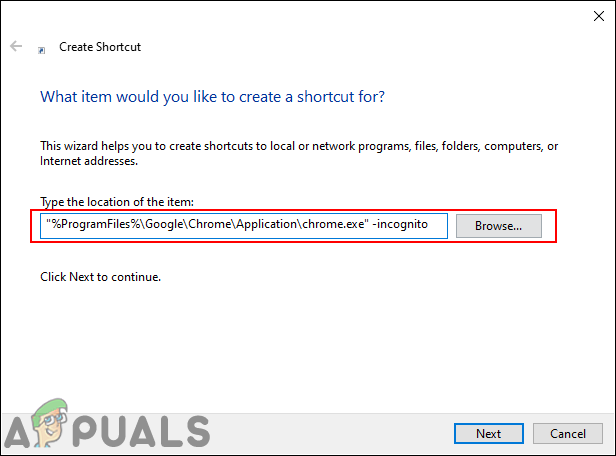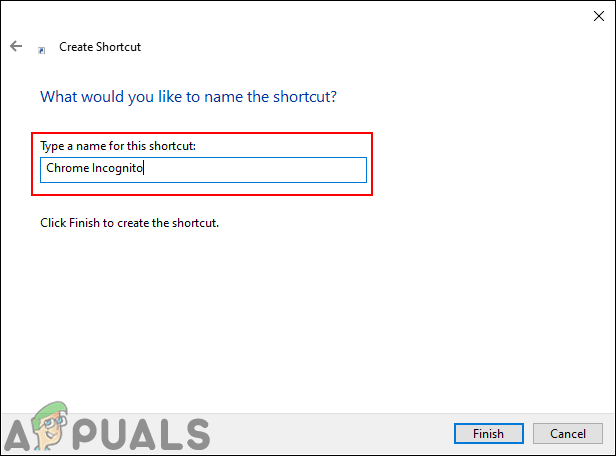How to Create Google Chrome Incognito Mode Shortcut?
Incognito mode is a private browsing feature in the Google Chrome browser. It is a powerful tool that helps in protecting our privacy online. The normal browser will store the URL of every page that the user visits. When users use the Incognito mode, the browser won’t save the browsing history, cookies, or any information related to sites. The Incognito mode can be opened through the normal Chrome browser. To directly open it without opening a normal chrome browser, you must create a shortcut for it. In this article, we will teach you the steps for creating a shortcut for the Chrome Incognito mode.

Most of the users that use the Chrome Incognito mode will open it through the default chrome icon or window. They can use the CTRL + SHIFT + N shortcut key combination to open the Incognito mode. It can also be opened by right-clicking on the taskbar icon and choosing the New incognito window option. However, if you want a better shortcut than these default ones then check the below method.
Creating a Google Chrome Incognito Mode Shortcut
Creating a shortcut for the Chrome Incognito mode is the same as creating a shortcut for any other application. This will require the same steps that you use for creating a new shortcut on the desktop. However, you need to add a specific command for this shortcut, so that it can open Incognito mode directly in Chrome. Follow the below steps to try it out for yourself:
- Right-click on the desktop and choose the New > Shortcut option.

Creating a new shortcut - A create shortcut window will open up. Now click on the Browse button and navigate to the chrome.exe file on your computer. You can also copy and paste the path in the box.
Note: Make sure you add the quotation marks on both sides of the path."%ProgramFiles%\Google\Chrome\Application\chrome.exe" -incognito
- Also, add the “-incognito” at the end of the command without quotes.

Adding the command for the shortcut - Click on the Next button to move to the next step and then name this shortcut to whatever you want. Finally, click on the Finish button to complete this process.

Naming the shortcut and finishing progress - Now you can double-click the shortcut to open the incognito mode directly.
- You can also set a certain page through this shortcut that will open whenever you open the incognito mode. For doing that you need to add the page address at the end of the command as shown below:
"%ProgramFiles%\Google\Chrome\Application\chrome.exe" -incognito appuals.com

Adding a certain page URL to a shortcut command
Additional: Changing the Icon for Chrome Incognito Shortcut
In addition, you can change the icon for the shortcut that you just created. By default, the shortcut will have an icon of Chrome, which may be confusing if you have a shortcut of Chrome too. You can set an icon that is provided by chrome or choose one from your system files. That way you can differentiate both icons from each other.
- Right-click on the icon and choose the Properties option in the context menu.

Opening shortcut properties - Select the Shortcut tab in the properties window and click on the Change Icon button.

Opening change icon - Now you can select the icon from the list it provides or you can browse any other icon that you want to set.

Changing the icon of the shortcut - Click on the Apply/Ok button to apply the changes. Now you can see the new icon for your shortcut.





